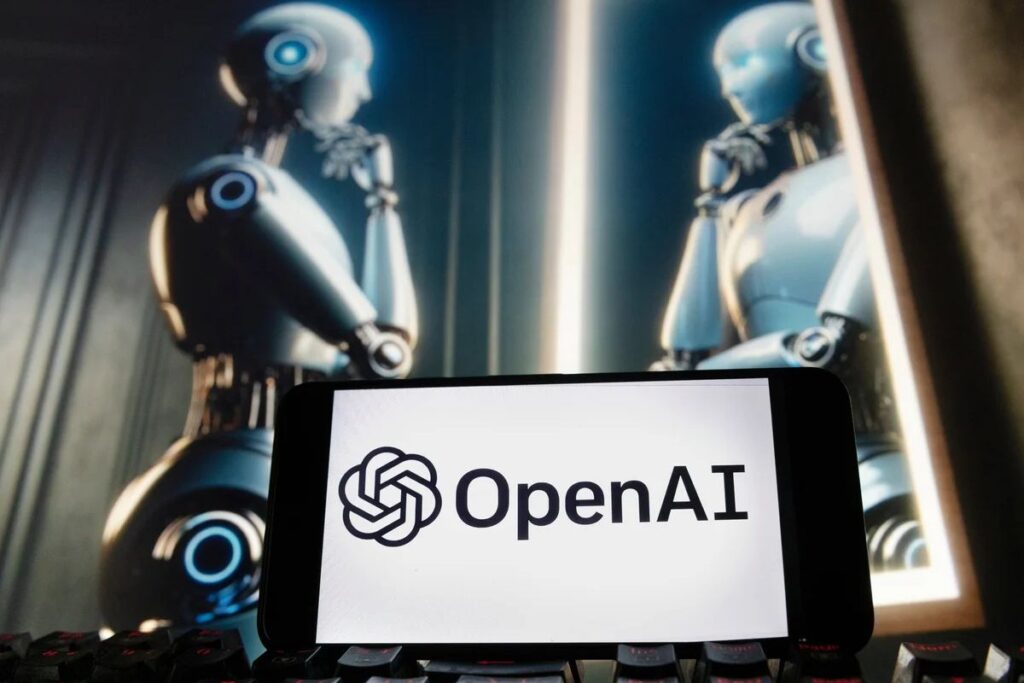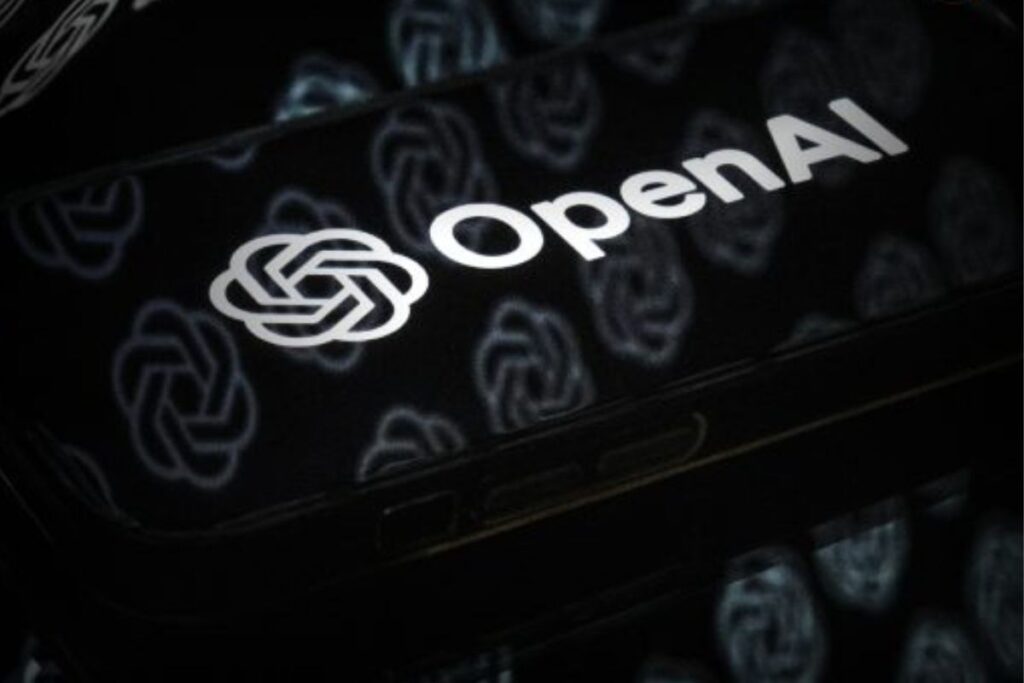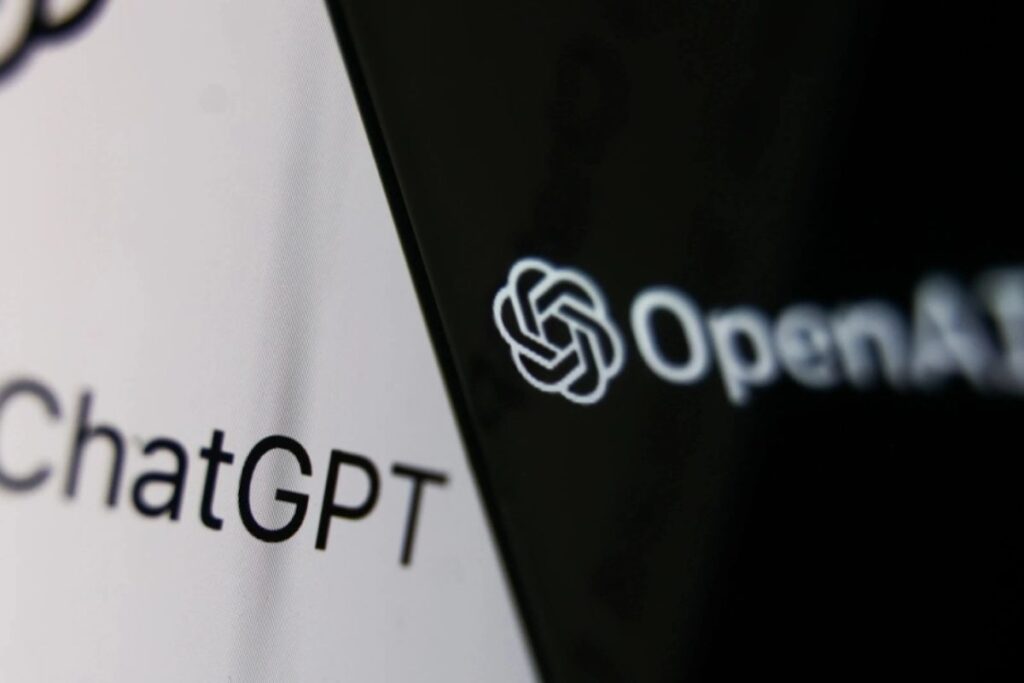OpenAI, the powerhouse behind ChatGPT, is facing fresh heat over its approach to AI safety. Miles Brundage, the company’s former head of policy research, has accused OpenAI of “rewriting history” in a new blog post about its safety practices—specifically around the 2019 launch of GPT-2.
Brundage claims the post distorts the past to justify a risky shift: releasing AI models unless there’s ironclad proof of immediate danger. As OpenAI AI safety debates heat up, this clash could signal bigger trouble for the AI giant. Here’s the scoop.
A Safety Post Sparks Controversy
OpenAI dropped a blog post titled “How We Think About Safety and Alignment” this week, laying out its philosophy for building artificial general intelligence (AGI)—AI that rivals human smarts. The post paints AGI as a gradual climb, not a sudden leap, and doubles down on “iterative deployment”: rolling out AI systems, seeing how they play in the wild, and tweaking safety later. It’s a practical vibe—learn by doing, right?
Read Also: OpenAI’s AI Safety History Under Fire: Ex-Policy Lead Slams Rewrite of GPT-2 Saga
But Brundage, who left OpenAI last year, isn’t buying it. He took to X to call out what he sees as a sneaky rewrite of the GPT-2 release story. “The bulk of the post is fine,” he admits, “but the history of GPT-2 is being spun in a concerning way.” For Brundage, this isn’t just nitpicking—it’s a red flag that OpenAI AI safety might be taking a backseat to speed and hype.
The GPT-2 Flashback: Caution or Stunt?
Let’s rewind to February 2019. GPT-2, OpenAI’s second-gen language model, was a big leap from GPT-1—bigger dataset, sharper skills. It could churn out poetry or short essays, but ask it for a novel, and you’d get gibberish. Compared to today’s ChatGPT (powered by GPT-3.5), it was a toddler. Still, OpenAI hit the brakes, citing “concerns about malicious applications.” Instead of a full drop, they teased a demo to select outlets and trickled out versions over months.
Back then, the move split the room. Critics—like AI academics and one outlet that penned an open letter—called it overblown, even a publicity stunt to hype GPT-2’s mystique. “The risks didn’t match the rhetoric,” they argued. OpenAI eventually caved,

releasing it fully by November 2019. Fast forward to now, and the company’s blog admits those fears were “overblown,” pinning the caution on a dated belief that AGI would burst onto the scene overnight.
Brundage, who helped steer the GPT-2 release, begs to differ. “It was 100% consistent with iterative deployment,” he says. OpenAI rolled it out step-by-step, sharing lessons each time—hardly a knee-jerk panic about a sudden AGI apocalypse. “Security experts thanked us for the caution,” he adds. So why the rewrite? Brundage smells a motive: to downplay past prudence and grease the wheels for faster launches.
What’s OpenAI Up To?
The blog’s vibe shift has experts buzzing. Robert Trager from Oxford’s AI Governance Initiative told Fortune it’s like OpenAI’s ditching theoretical safety proofs for real-world stress tests. “They’re saying, ‘We won’t math our way to safety—we’ll sandbox it and see,’” he explains. Makes sense—test-driven development’s a tech staple. But Trager’s skeptical: if each new model’s a big jump (think GPT-2 to ChatGPT), can gradual tweaks really keep up?
Hamza Chaudhry of the Future of Life Institute goes harder. “Iterative deployment could mean dumping untested risks on the public,” he warns. He’s irked that OpenAI skipped mentioning “staged deployment”—think beta testers vetting a model before it hits the masses. To him, this feels like “reckless experimenting” no other industry would dare. Is OpenAI AI safety losing its edge, or just evolving?
A Dangerous Tilt?

Brundage’s big beef is the subtext. He reads the post as setting a high bar for caution—prove a model’s dangerous now, or it ships. “That’s a very dangerous mentality for advanced AI,” he warns on X. Imagine a system that’s safe today but grows risky as users push it. Without upfront guardrails, you’re playing catch-up after the damage starts. “If I were still at OpenAI, I’d be asking why this post pooh-poohs caution so lopsidedly,” he adds.
Other heavyweights pile on. Gary Marcus, a New York University professor emeritus, told Fortune the post reeks of “marketing” more than safety. “It’s hyping AGI while excusing rushed releases,” he says. No sandboxing, no real fixes—just vibes. For a company once hailed as an AI safety pioneer, that’s a stinging critique.
The Bigger Picture: Safety vs. Speed
This isn’t OpenAI’s first safety rodeo. Over the past year, the company’s faced flak for chasing shiny products over robust safeguards. Big names like Jan Leike and Ilya Sutskever—co-leads of the now-dissolved Superalignment team—bailed in 2024, citing a crumbling safety culture. Leike didn’t mince words: “Safety’s taken a backseat to flash.” Insiders told Fortune the team got shortchanged on promised computing power, too.
The exodus isn’t small—nearly half the staff focused on long-term AI risks have split, per ex-researcher Daniel Kokotajlo. Marcus sees a pattern: “OpenAI’s stuck on a black-box approach that’s tough to align, ignoring safer, transparent options for the sake of profit.” With ChatGPT raking in users and cash, the pressure to ship fast is real—but at what cost?
Industry Ripples and Rivals
OpenAI’s safety pivot doesn’t just affect them—it’s a bellwether for AI writ large. Rivals like Anthropic (founded by ex-OpenAIers) and Google’s DeepMind are doubling down on safety-first models, touting transparency over OpenAI’s opaque systems. If OpenAI AI safety stumbles, it could cede ground—or spark tighter rules. Chaudhry’s already sounding the alarm: “This is part of a push to dodge government oversight on high-stakes AI.”

The stakes are sky-high as AGI looms. A misstep could mean misinformation floods, job disruptions, or worse—think autonomous AI gone rogue. OpenAI’s iterative deployment might speed innovation, but critics argue it’s a gamble we can’t afford to lose.
What’s Next for OpenAI AI Safety?
OpenAI hasn’t clapped back at Brundage yet—reps didn’t respond to Fortune, and Brundage declined further comment. But the blog’s out there, shaping narratives. Will they tweak their approach, or double down on “ship now, fix later”? With GPT-4’s successors in the works, the clock’s ticking. If safety lags, expect more ex-staff and watchdogs to cry foul.
For now, the ball’s in OpenAI’s court. They’ve got the talent and cash to lead AI’s future—but leading responsibly? That’s the million-dollar question.
Your Thoughts: Safety or Speed?
This OpenAI AI safety spat has us wondering: are they right to test in the real world, or should AI stay locked down ‘til it’s bulletproof? Did the GPT-2 caution make sense back then, or was it overhyped? And what do you think of Brundage’s take—revisionist spin or fair callout? Drop your hot takes in the comments—we’re dying to hear what you think!
Read Also: Galaxy Z Fold 7 Delayed: Samsung’s Foldable Plans Stumble in 2025
Wrapping Up: A Safety Saga Unfolds
As of March 08, 2025, OpenAI’s latest brush with controversy puts its AI safety cred on the line. Miles Brundage’s accusations about the GPT-2 release rewrite aren’t just a history lesson—they’re a warning about where OpenAI’s headed. Balancing innovation and caution is no easy gig, but with AGI in sight, the stakes couldn’t be higher. Whether OpenAI course-corrects or charges ahead, one thing’s clear: the AI world’s watching, and the debate’s just getting started.

